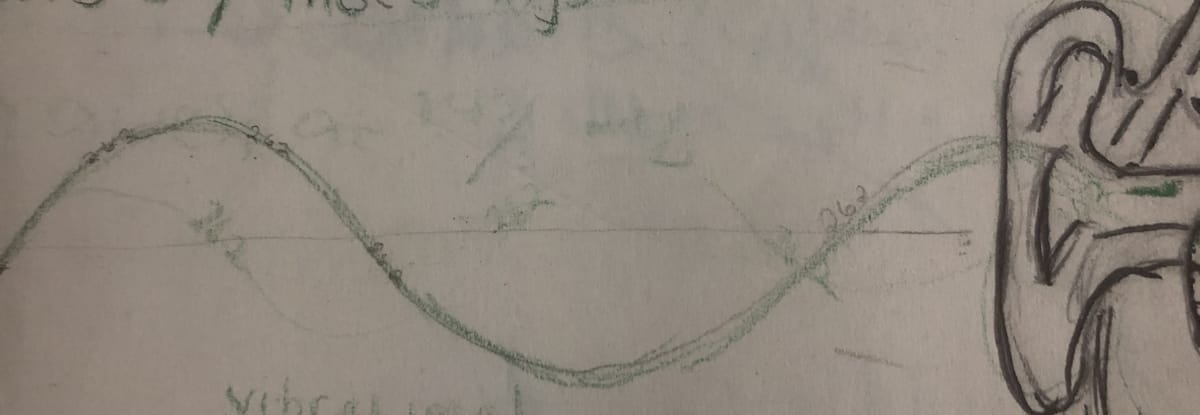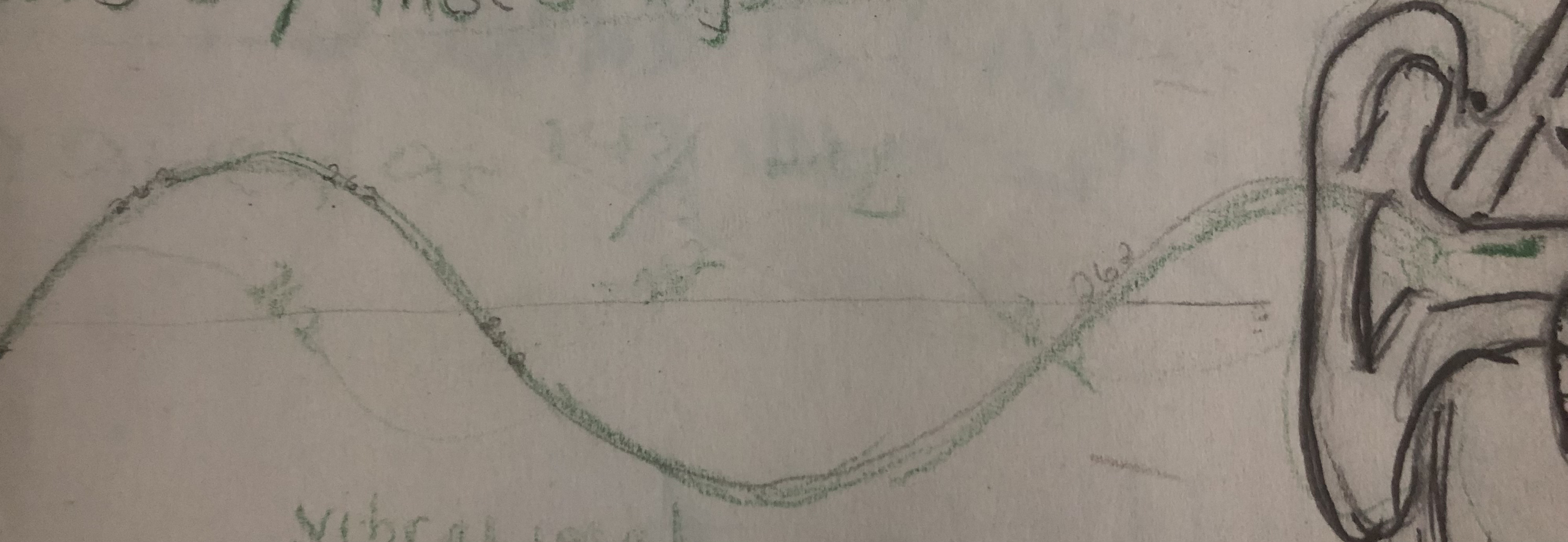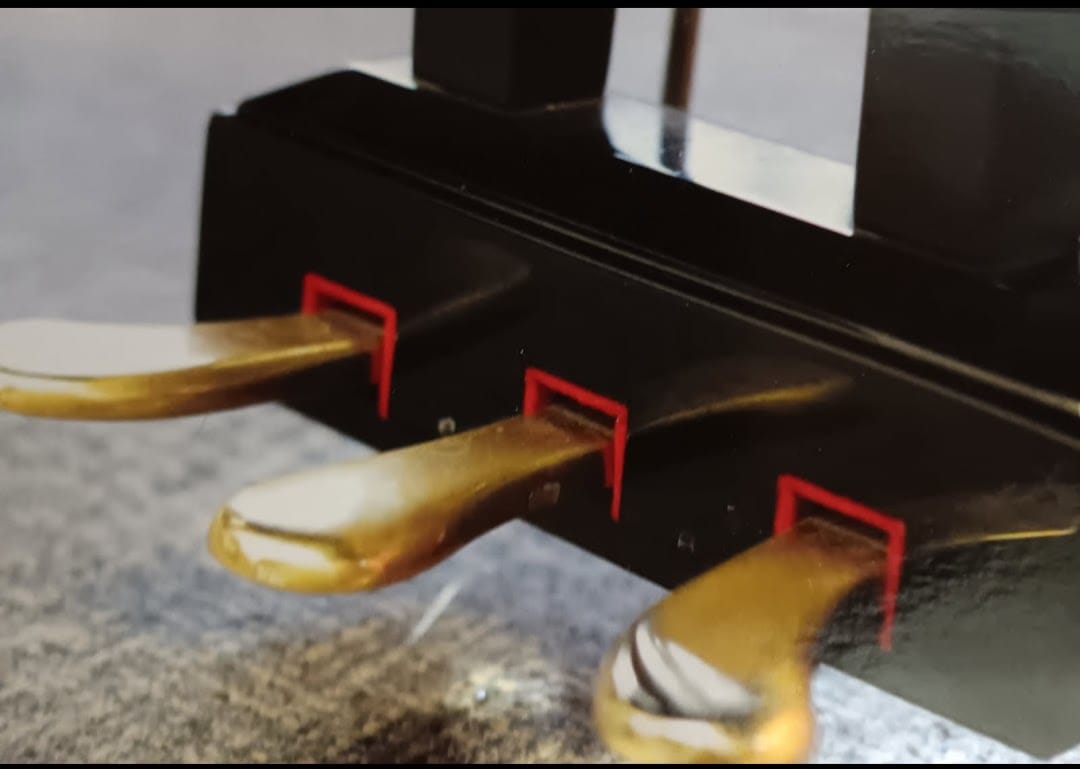A new semester as a new teacher
Three things to do (among a billion others)

If you’re making the shift from full time professional musician to educator, you’ve probably discovered that knowing how to play your instrument and teaching someone how to play that instrument are very different skill sets.
That’s where I come in.
I help professional musicians and first year teachers make the transition into effective educators.
If you’re starting a new semester as a new teacher, there’s a lot you need to know. To start with, though, do these things:
Learn your students’ names as fast as you can. As part of my teacher trainer workshops, I do a section called “Craft your autograph”.
When you meet someone for the first time, most people ask, “What’s your name?”
You must sign your name to pay your credit card bill, to get married, to get a mortgage.
Your name is an important aspect of who you are. Many parents choose their children’s names; sometimes people name themselves as they blossom into their full identity. Many people know the origin of their names and why they were named thusly, and that meaning informs their life decisions.Enslaved people in the United States were forbidden from learning how to read or write, so many signed their names with the 24th letter of the alphabet, X. In fact, the Library of Congress holds records of enslaved people signing their names to documents that show their protest against slavery in St. Louis.
Those who were sent to Auschwitz prisoner camps were tattooed with numbers. As noted by the Sydney Jewish Museum, “The tattoo had three distinct functions: to mark and humiliate prisoners, to prevent their escape and to expedite the identification of corpses already stripped of their uniforms, particularly following mass killings or deaths.”
Knowing your students’ names is a big deal. Learn them as fast as you can.
Learning your students’ names, asking what they prefer to be called, and observing how they represent that name through their signatures and their music are caring, trust-building steps that go far beyond the classroom.Share one story about yourself. After you state your name, explain why you became a teacher, or talk about what instruments you play, or maybe share how you came to learn these instruments, or open a discussion about who influenced your art, or play for them and show them why you feel passionate about music.
Humans are storytellers and we are affected by other people’s stories. Students may not remember what you said, but they will remember how you made them feel.
Think about your story. What feeling do you want to leave them with? Think about what is appropriate based on the ages of the students and your own comfort level. Practice this with friends or in the mirror to make sure it feels right to you.Explain how sound travels. I play the piano, so I explain that when the hammer hits the strings, the strings vibrate, causing a change in air pressure around the strings. That change in air pressure creates a longitudinal wave, which is what all sound waves are. When that wave makes contact with the ear drum, the ear drum vibrates, and that vibration sends a message up the vestibulocochlear nerve to the brain, where the brain registers this as “sound”. We call it “music” because we like the pattern of these vibrations.

Once students truly understand the fact that this process unites all of us regardless of the instrument, you’re more likely to get the message across that we are all united in our mission to learn how to best enhance those vibrations.
I am here to validate your feelings—it’s a tough job, it can be confusing, sometimes you don’t know if you’re doing it right. You will be asked questions to which you don’t know the answer and you won’t know how to respond in the moment.
And you’ll still be alright. It’ll be fine. The students will learn.
And so will you.
